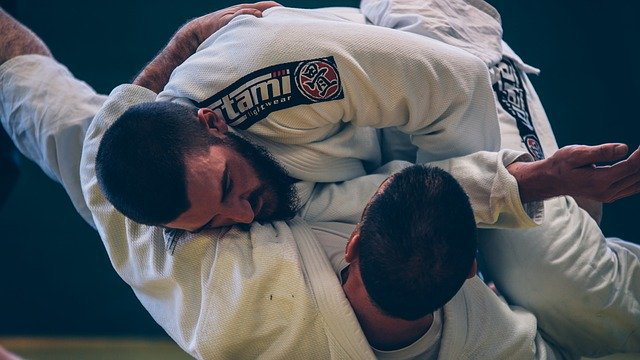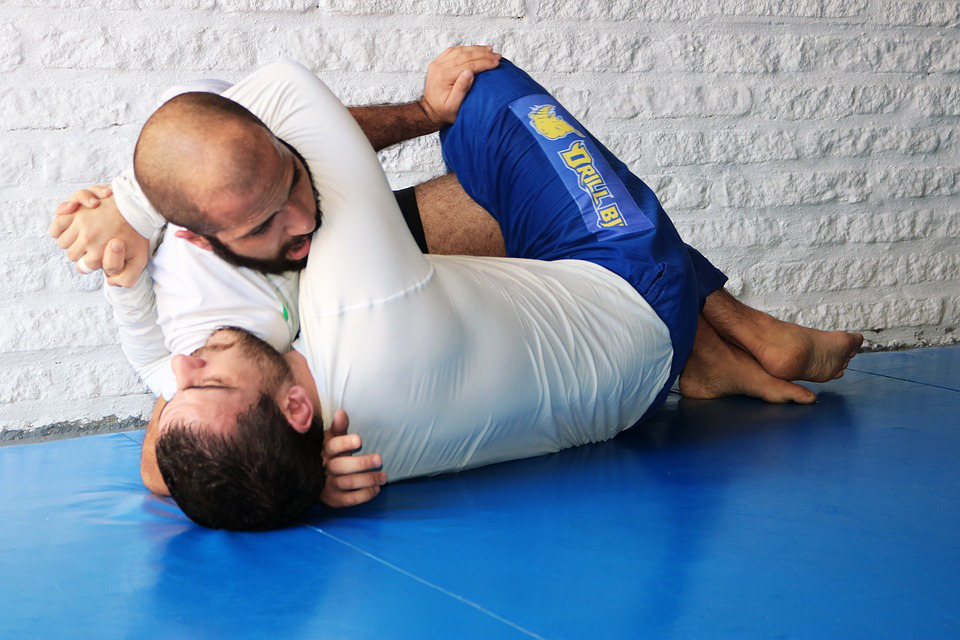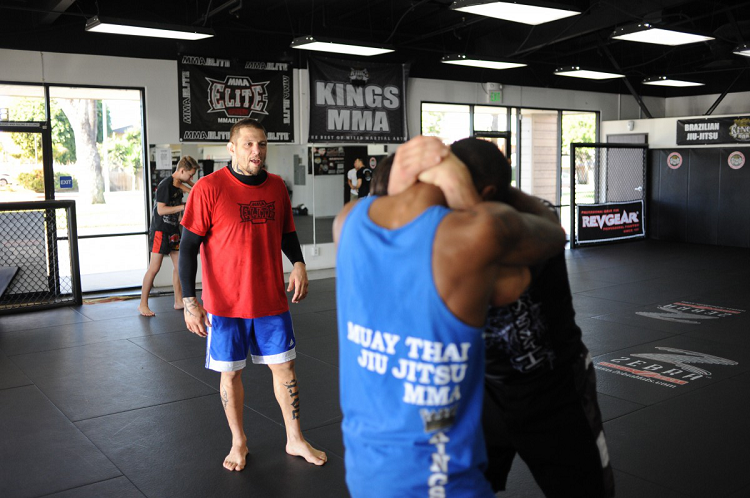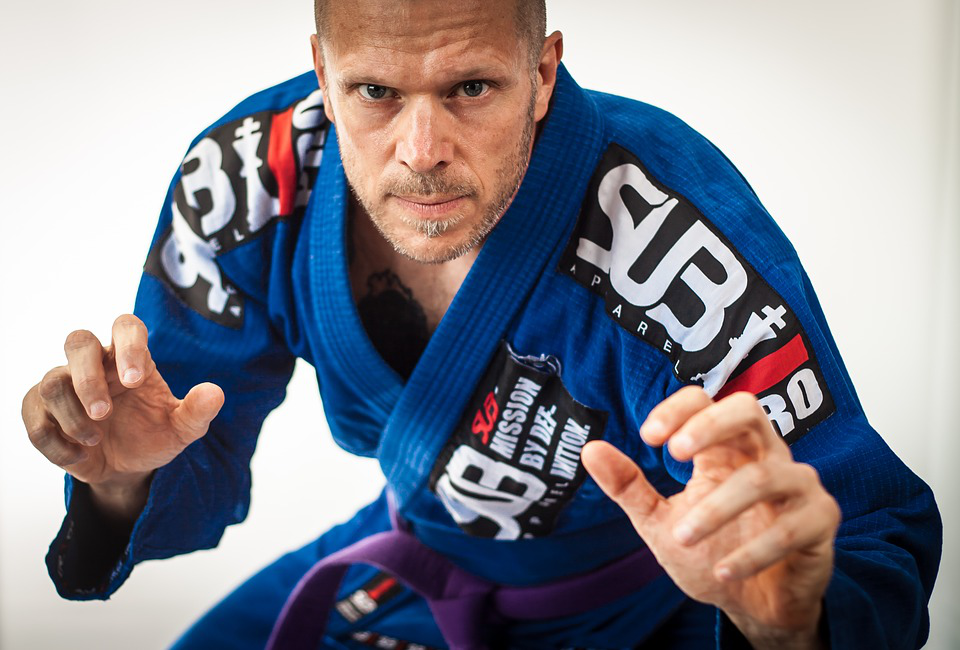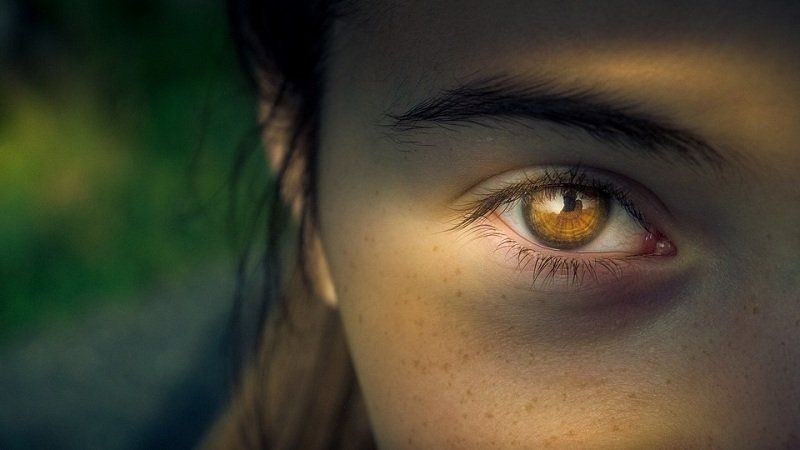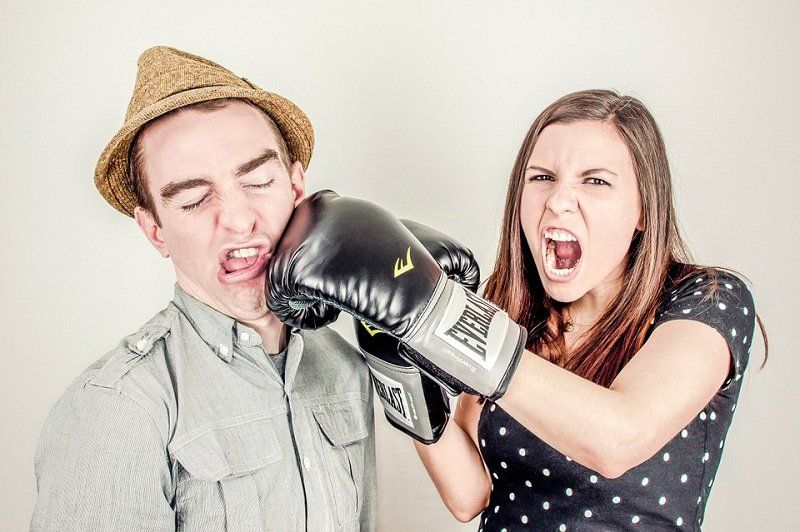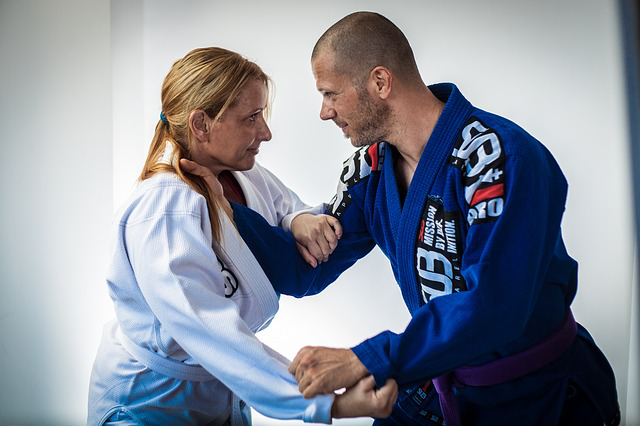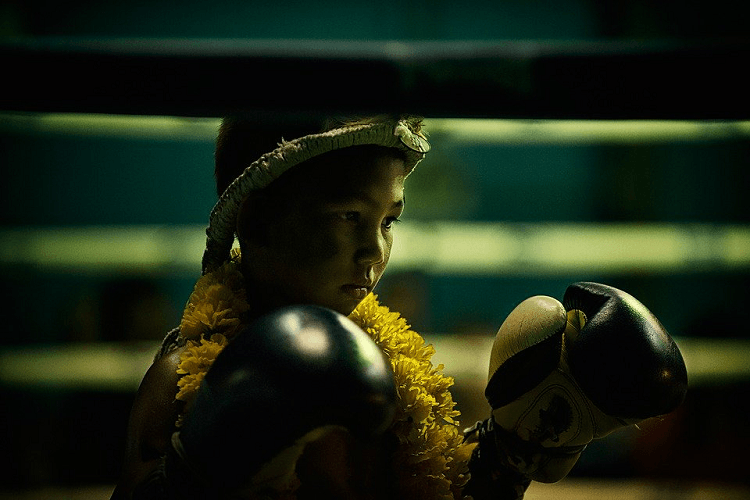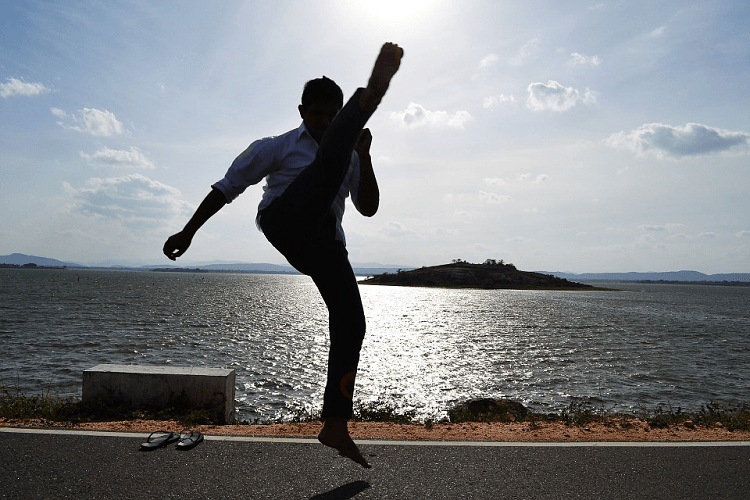The Truth About Self-Defense
The Truth About Self-Defense
What does the term “Self-Defense” or “Self-Protection” mean to you?
When considering a response, you must first understand that martial arts were never designed for tournaments. So by design the concept of a “square match go” was never incorporated into the classical martial arts curriculum. Some might even say that the term “martial” (meaning “military”) is a misnomer that does not even belong in the same sentence as civilian “Self-Defense”. This view is supported by the fact that many of the “classical” martial arts programs were developed and propagated for the very purpose of providing every-day individuals (not professional athletes or soldiers) with the ability to protect themselves from the dangers of a physical attack by ruffians, predators, or sometimes even militant occupying nations/groups.
Unfortunately, the term “Self-Defense” has become a bit of a pariah (undesirable) in the modern-day martial arts world, with many viewing the term as worn-out and representative of a bygone era when skilled martial artists would demonstrate amazing feats against compliant partners. You may have seen this demonstration format many times before. Two combatants dressed in white, bow respectfully to each other, step back into a formal stance, and the show begins. One combatant executes an attack (usually in the form of a perfectly executed martial arts technique), and the defender dazzles us with an array of fancy moves that ultimately leave the attacker broken on the ground, or twisted into a human pretzel and begging for mercy. Only a skilled and educated student of martial arts knows the difference between reality and theatre. Although many in the audience may appreciate the display of skill, the ordinary person is not able to tell the difference between fact and fiction.
There are questions that everyone forgets to ask the the skilled master of martial arts – will this stuff really work? Can you accomplish the same amazing feats, while under the adrenal stress of a sudden physical attack? What happens if the technique fails – do you have a back-up plan or options? What about the most important question of all – violence should be a last resort, so how do I prevent the attack from occurring in the first place? These are valuable questions when children or adults are engaged in any sort of martial art (Karate, Jiujitsu, Tae Kwon Do, Judo, Wrestling, etc.).
Self-defense is not an archaic term. Any viable program must embrace a comprehensive approach to the concept of self-protection. The program should be “reality-driven” and built upon a foundation in research-based occurrences and responses that range from conversational diversion, progressing to physical avoidance, counters, and restraint techniques for unarmed and armed situations (club, knife, firearms). Most importantly, any self-defense program must embrace a practical application of your knowledge to an imperfect world of aggression and violence – a world that you cannot always control. This means that any technique should be adaptable to a wide range of situations, and you must have a backup plan when things go south. The program should also be principled on evidence-based research and all techniques should be stress-tested to ensure they are viable in a variety of real-world encounters. Simulation-based training can also help you to explore the application of techniques to a variety of scenarios, and develop the level of proficiency needed to address the wild beast of real-world violence in its natural habitat.
You must also consider that the “intangible” skills of self-defense are oftentimes more important than a physical response. Your choice of response must consider a number of critical factors, including legal ramifications of your actions, reputational consequences of violence, and the ways in which modern social media can impact public opinions regarding the outcome. A solid self-defense program must focus on both the tangible (physical) skills and the intangible (non-physical) skills needed to manage violent encounters, so that the student has a strong foundation and possesses the reasonable judgement needed to make the best choices possible in any aggressive encounter.
At SMAA, we incorporate the Helio Gracie Schools of thought regarding Jiu Jitsu training and application. This long-standing view is that Jiu Jitsu is ultimately geared for self-defense (not competition). Although Helio Gracie is considered as one of the greatest martial arts competitors of the 20th century, civilian self-defense (not competition) is one of the founding principles that Master Helio Gracie professed. In self-defense there are no rules, time limits, weight classes, or illegal techniques. In addition, there are no referees to save the day when things go wrong in a street encounter – you are on your own, and the stripe around your waist is not going to help you protect the rump that sits beneath. Although many schools focus on Jiu Jitsu and other Martial Arts aspects solely to win tournaments, at SMAA we focus on repeating the practice of self-defense techniques to the point where they become adaptive and capable of protecting you from any sort of conceivable attack. We also stress-test each technique in a variety of settings to assess viability, weakness, and adaptability.
In addition, we focus heavily on teaching you how to minimize your risk of becoming a Target for predatory violence. This begins with the concept of Threat Management, where you learn to assess the risks inherent in your daily environment, and how these risks can increase quickly. Verbal de-escalation is a primary tool in the SMAA toolbox to help you diffuse hostile situations without violence. Remember – the greatest “win” you will ever experience is the violent encounter that you avoid entirely by using your intangible skills of self-defense.
Finally, we incorporate a fresh perspective on Helio Gracie Self-Defenses as a platform for our self-defense curriculum. Developed from Helio Gracie’s original self-defense system, this program includes over 100 techniques that have been built upon decades of study and practical experience. Our precise lesson-plans allows the student to grow slowly, while building on the prior techniques and exploring the nuances (angle, posture, timing) that help you to master each technique in a variety of settings.
At SMAA, Self-Defense is a serious concept (not an archaic term), and we embrace both tangible and intangible skills that have been pressure-tested to maximize your chances of success.
Why not schedule a free introductory class and learn what SMAA Self Defense is all about! smaa.budo@gmail.com
